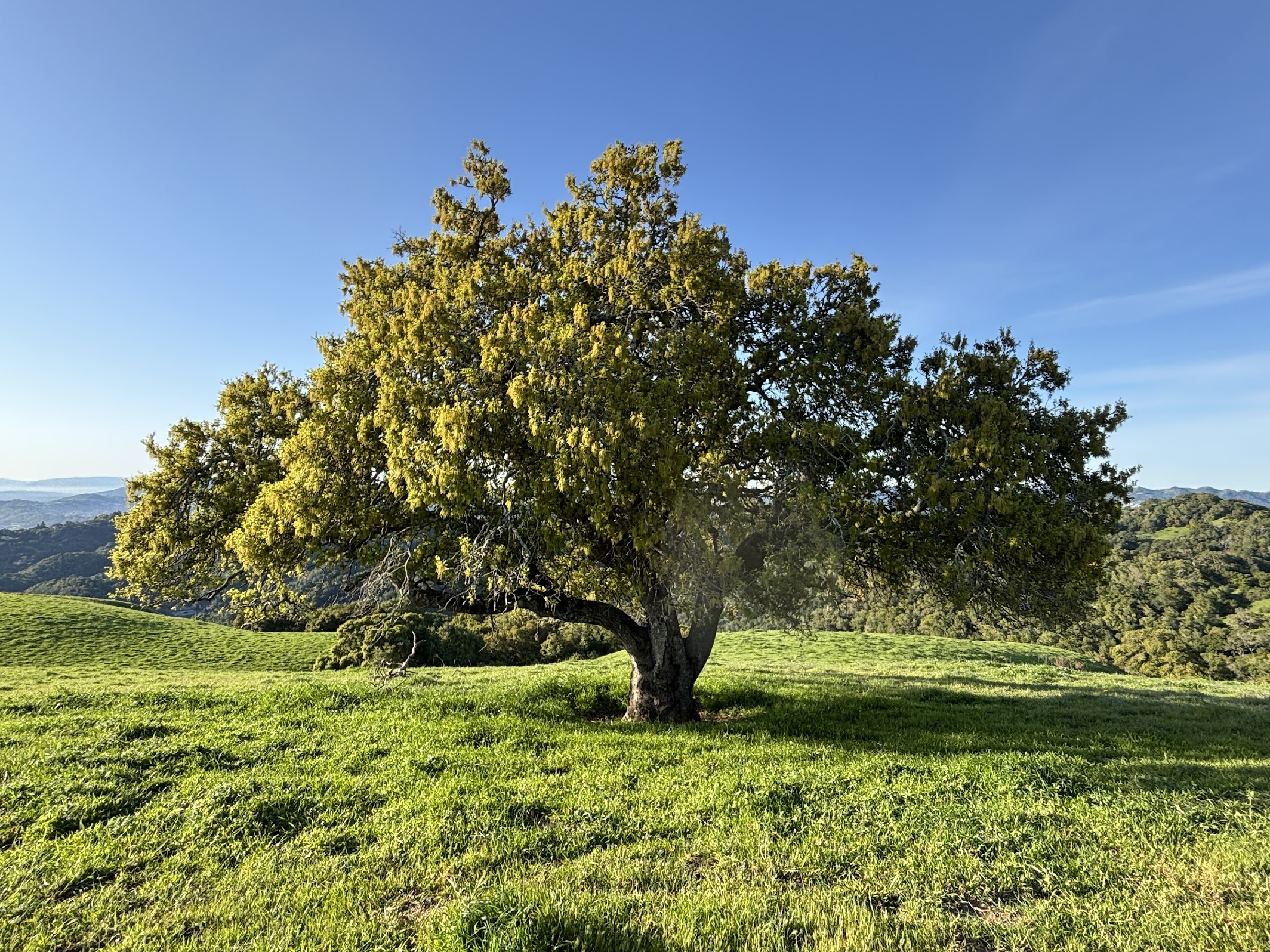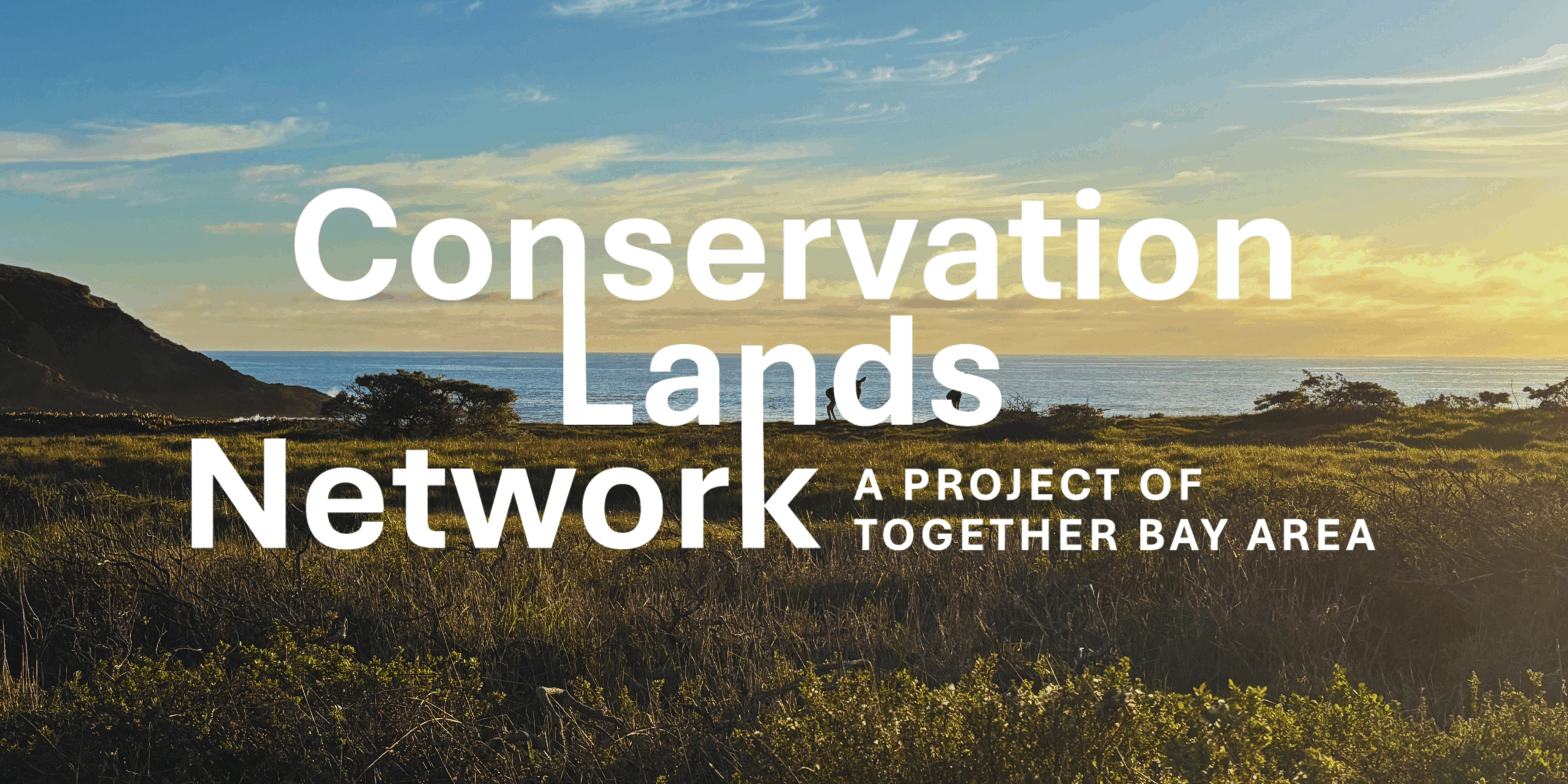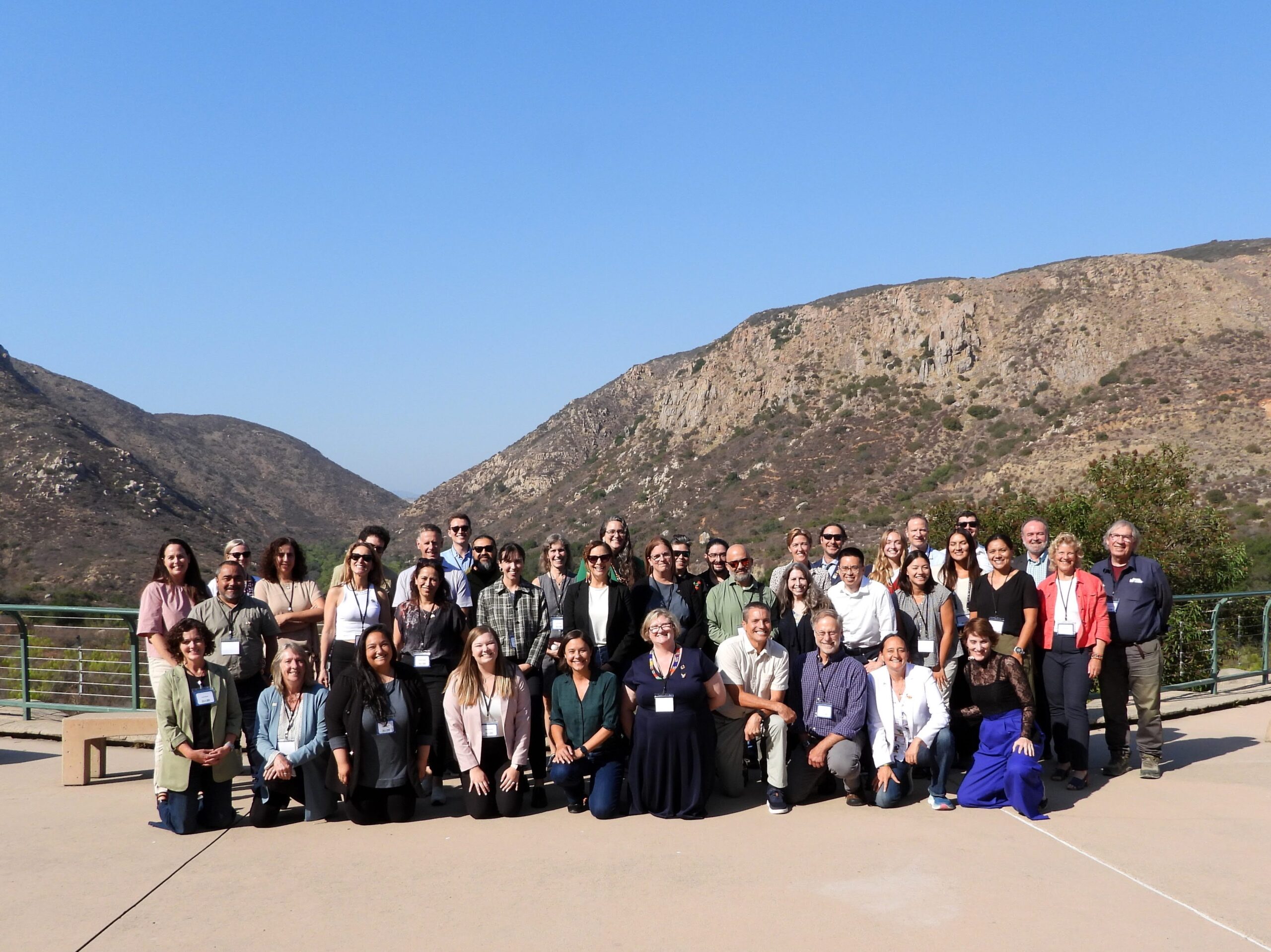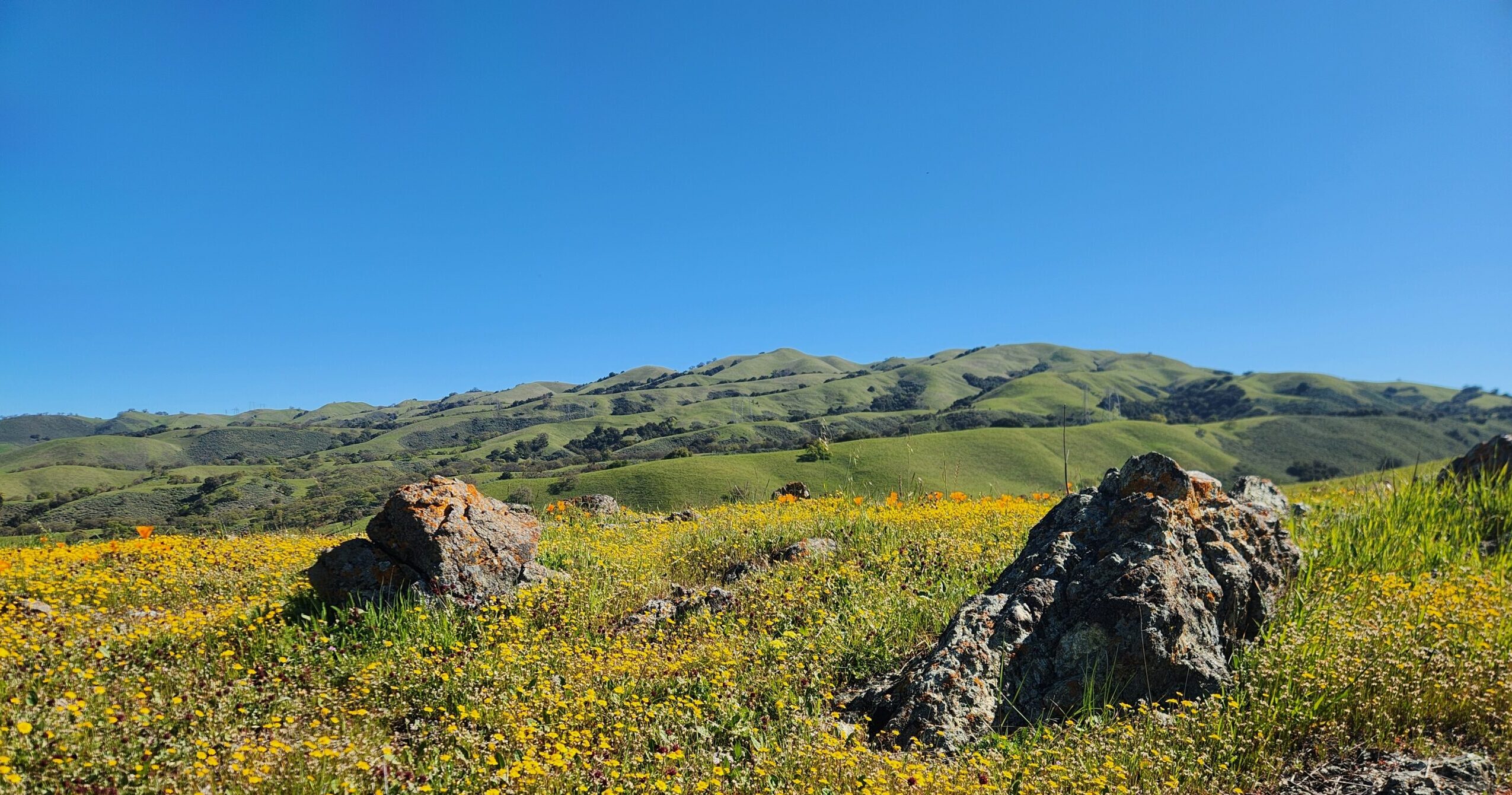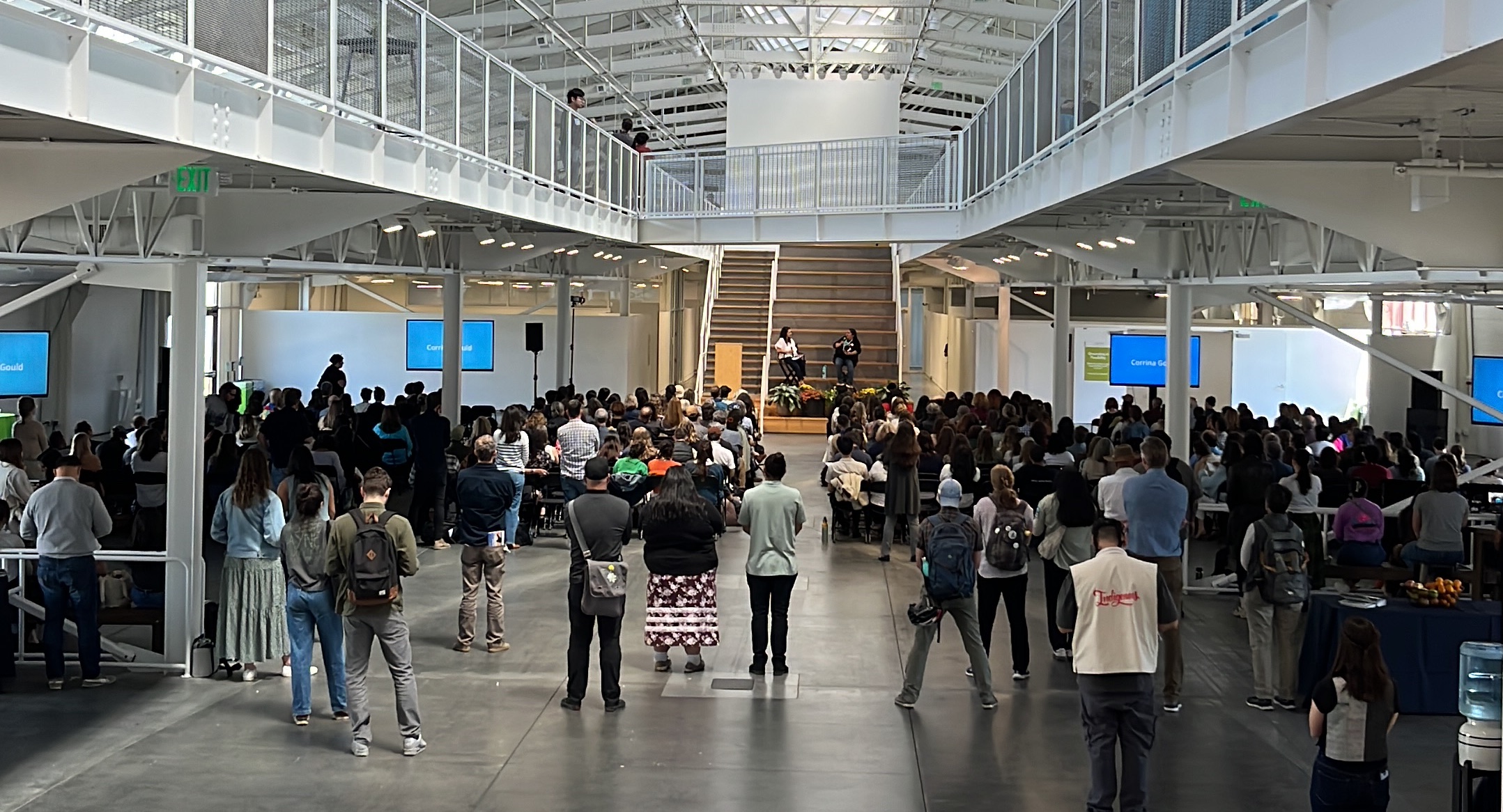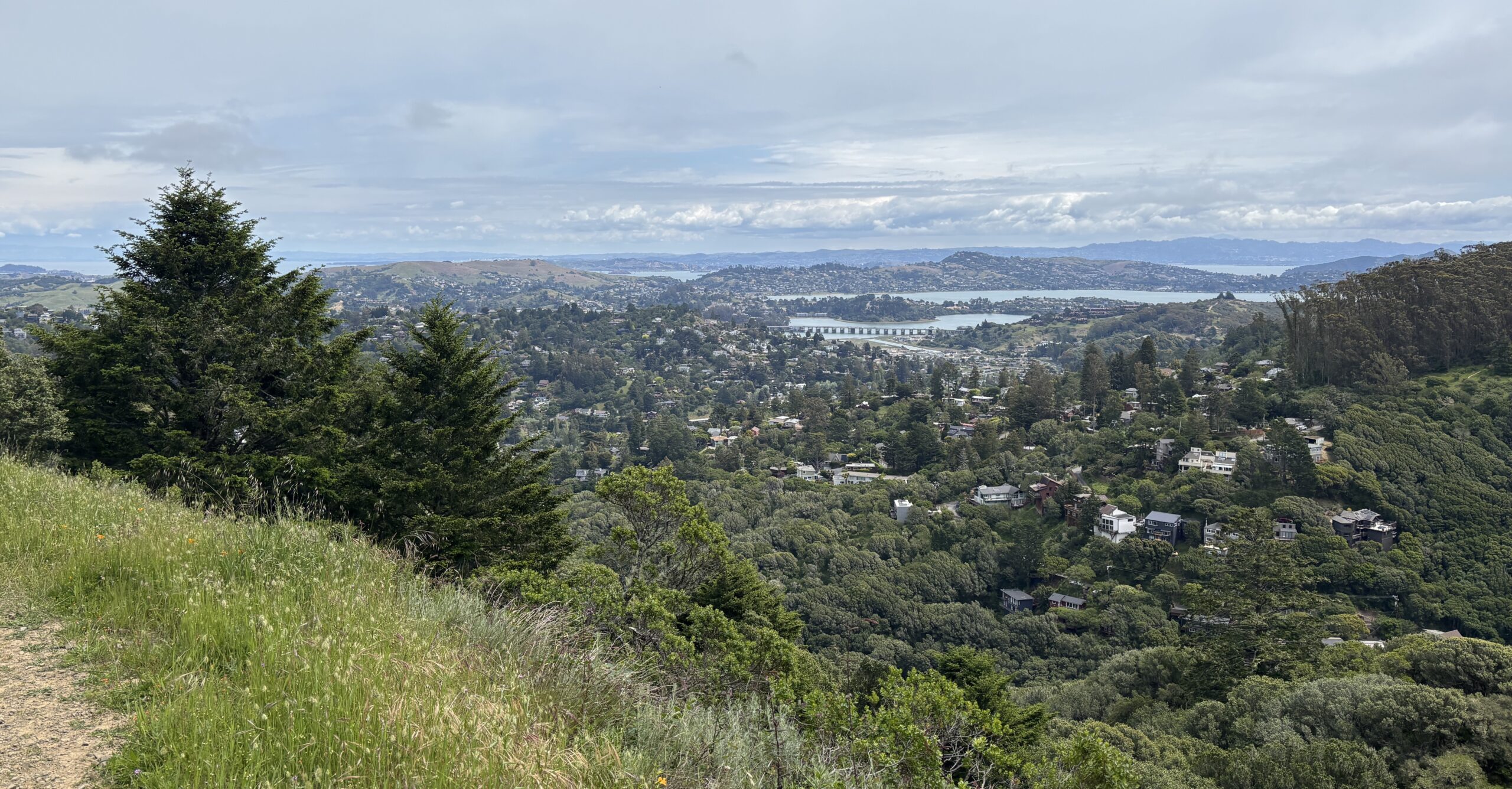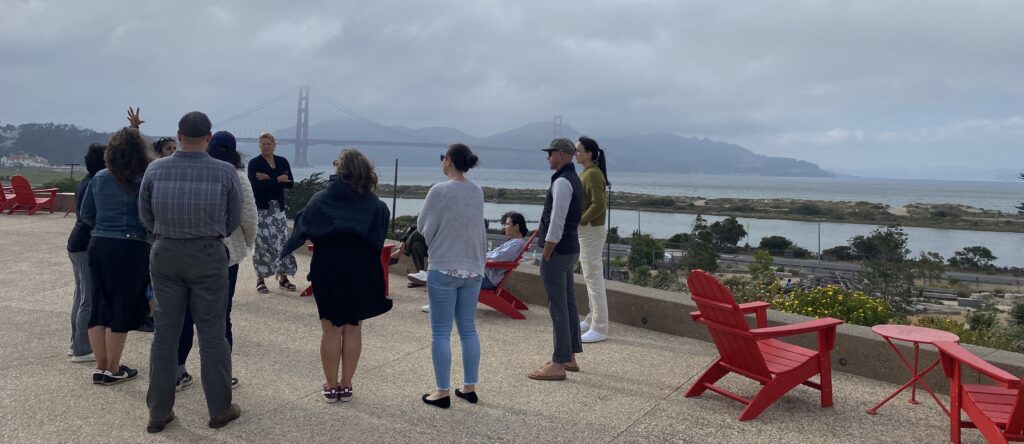The Legislature and Administration have passed SB 105, pushing $3.2 billion of Proposition 4 funding out the door. It’s go time, and here’s what that means for TOGETHER Bay Area.
Continue readingThe who and how of CLN: a summary of users and use cases
From land trusts and government agencies to students and consultants, the Conservation Lands Network is supporting conservation action across the Bay Area.
Continue readingCircus performers, porcupines, and 30×30 in San Diego
Last week I traveled to San Diego to participate in California’s 30×30 Partnership Summit. And what I saw blew my mind.
Continue reading33% on the way to 50%
Land conservation is happening across the Bay Area. And together we’re making progress towards our regional goal of 50×50.
Continue readingKicking off the CLN 3.0 Steering Committee!
Introducing the people who will oversee the CLN 3.0 Project
Continue readingConversation about Stewardship
An invitation to the regional conversation about stewardship at the regional scale, and what the CLN 3.0 project will do to advance this conversation.
Continue readingCalling all GIS data compilers!
It’s time to provide your conservation data for the Bay Area Protected Areas Database update
Continue readingSurvey: Financial & Community Impacts
Achieving 50×50
How did the region determine the goal to conservation of 50% of the Bay Area’s lands by 2050? And how does it fit with 30×30?
Continue readingCLN 2.0 Progress Report Arrives in December
This report reflects the work of local conservation organizations who have worked tirelessly to conserve new lands. It contains scientific analysis and interconnections to state goals and regional planning processes. And it contains a lot of hope. Here are a few reasons why.
Continue reading
